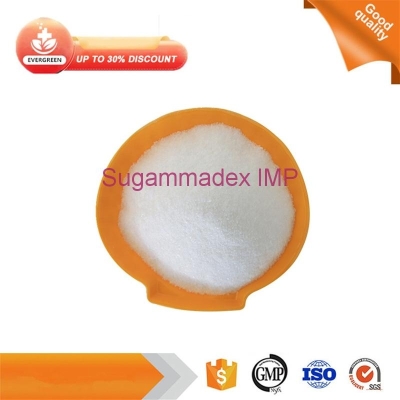-
Categories
-
Pharmaceutical Intermediates
-
Active Pharmaceutical Ingredients
-
Food Additives
- Industrial Coatings
- Agrochemicals
- Dyes and Pigments
- Surfactant
- Flavors and Fragrances
- Chemical Reagents
- Catalyst and Auxiliary
- Natural Products
- Inorganic Chemistry
-
Organic Chemistry
-
Biochemical Engineering
- Analytical Chemistry
- Cosmetic Ingredient
-
Pharmaceutical Intermediates
Promotion
ECHEMI Mall
Wholesale
Weekly Price
Exhibition
News
-
Trade Service
Serum nerve silk light chain (NfL) has been recommended as a prognostic marker for neurogenerative diseases.
reported in a cross-sectional study of cerebrovascular disease (SVD) that was associated with cognitive and disability in patients.
if NfL is used to predict patient outcomes, studies are needed to prove that baseline NfL levels can predict future dementia risk.
, if used as an alternative marker in clinical trials, NfL changes over time in clinical trials must be associated with clinical progress in patients.
In a recent study published in Journal Of Neurology Neurosurgery And psyche, a leading journal in neurology, researchers determined whether baseline NfL levels and changes were associated with changes in MRI markers, cognitive decline, and dementia risk in longitudinal studies of patients with high density of cavity stroke and converged white matter.
the study received MRI, cognitive and blood tests for three consecutive years and five consecutive years of clinical and cognitive follow-up.
NfL data were available for baseline analysis in 113 patients and longitudinal analysis in 90 patients.
baseline NfL level predictable cognitive decline (overall cognition β-0.335, SE=0.094, p=0.001) and the risk of developing dementia (HR=1.676 (95%CI 1.183-2.373), p=0.004).
NfL level did not change significantly during follow-up compared to imaging results.
thus, baseline NfL levels predict MRI marker changes, cognitive decline, and dementia rates in patients with baseline NfL over a five-year follow-up period, suggesting that NfL levels may be a useful prognostic marker.
, however, no changes in NfL levels have been found, so NfL may not be a useful alternative marker in clinical trials of SVD.







